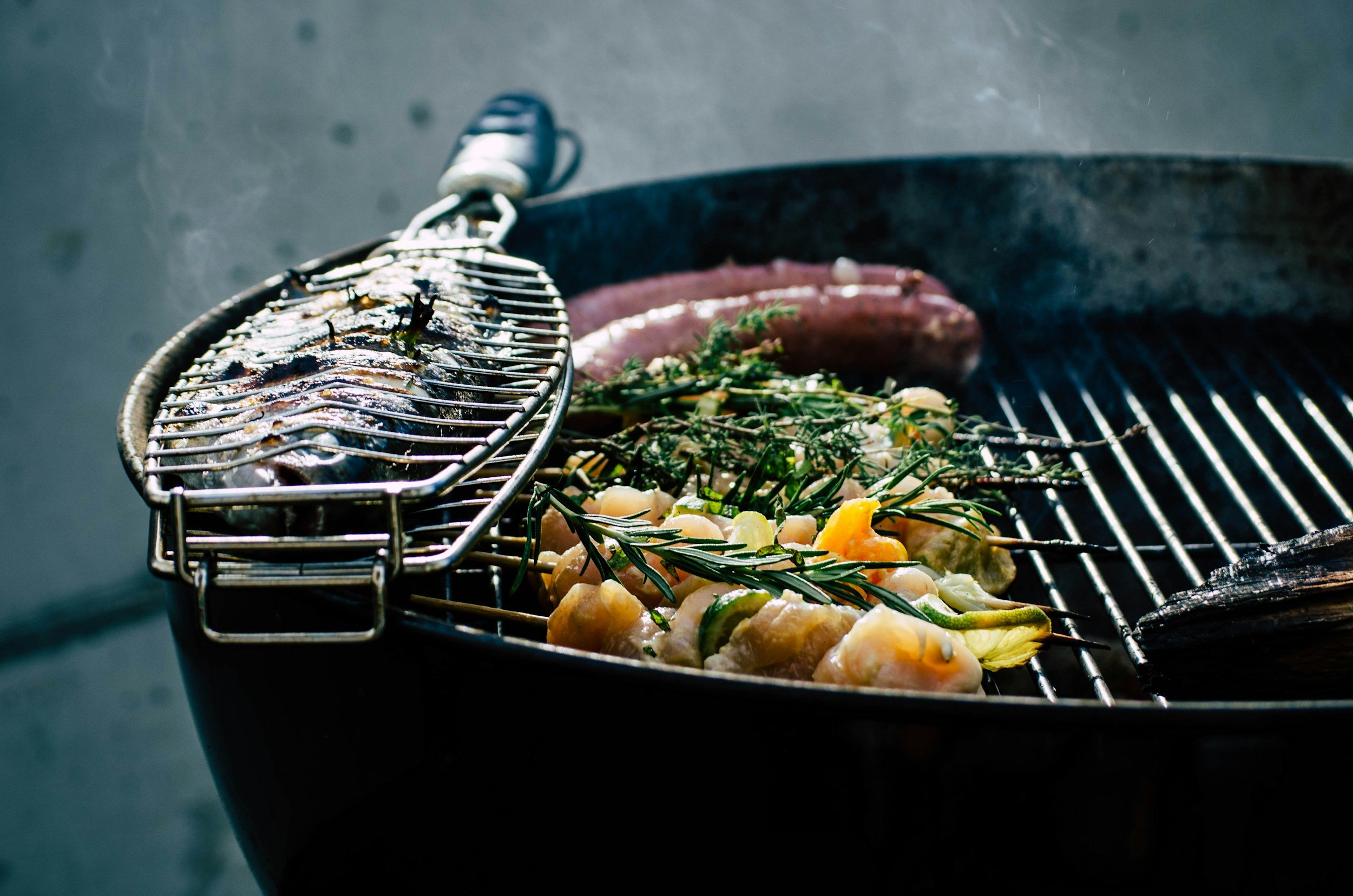Understanding Fly Fishing Knots
Whether you’re new to fly fishing or a seasoned angler, mastering the right knots can be the difference between a trophy catch and the one that got away. Fly fishing knots are essential for connecting your fly line to the leader, the leader to the tippet, and the tippet to the fly. Each knot serves a specific purpose, and knowing which to use—and how to tie it—is a skill every angler should perfect.
In this guide, we’ll dive deep into the world of fly fishing knots, offering a clear understanding of their importance, step-by-step instructions for tying them, and tips for ensuring your knots hold strong in the water.
Why Fly Fishing Knots Matter
Fly fishing is as much about precision as it is about patience. Your knots are the linchpin of your setup, connecting various parts of your tackle to ensure optimal performance. Poorly tied knots can:
Weaken your line by reducing its breaking strength.
Increase the chances of losing a fish due to slippage.
Complicate your setup and reduce casting efficiency.
Investing time in learning and perfecting knots enhances your fishing experience and success rate.
Essential Fly Fishing Knots
Here’s a list of must-know knots for fly fishing and their specific uses:
Arbor Knot
Purpose: Attach your backing to the reel spool.
How to Tie:
Wrap the backing around the spool.
Tie an overhand knot around the standing line.
Tie a second overhand knot at the tag end.
Tighten both knots and pull them against the spool.
Albright Knot
Purpose: Connect backing to the fly line.
How to Tie:
Create a loop in the fly line.
Pass the backing through the loop.
Wrap the backing around the loop 10-12 times.
Pull tight and trim excess line.
Nail Knot
Purpose: Connect fly line to the leader.
How to Tie:
Lay the leader and fly line side by side.
Use a nail or similar object to wrap the leader around the fly line 5-7 times.
Pull the leader through the loops.
Tighten and slide the knot into place.
Surgeon’s Knot
Purpose: Connect leader to tippet.
How to Tie:
Overlap the leader and tippet.
Tie a double overhand knot.
Pull tight and trim the ends.
Improved Clinch Knot
Purpose: Attach tippet to the fly.
How to Tie:
Thread the tippet through the fly eye.
Wrap it around the standing line 5-7 times.
Pass the tag end through the first loop and then back through the big loop.
Tighten and trim.
Davy Knot
Purpose: A quick and strong knot for attaching the fly.
How to Tie:
Thread the tippet through the fly eye.
Form a simple loop.
Pass the tag end through the loop.
Tighten against the fly.
Loop-to-Loop Connection
Purpose: Connect the leader to the fly line using loops.
How to Tie:
Pass the leader loop through the fly line loop.
Thread the leader end back through its loop.
Pull tight to secure.
Tips for Perfecting Your Knots
Practice Regularly: Repetition is key to muscle memory.
Moisten Knots: Wetting the line reduces friction and strengthens the knot.
Test Your Knots: Tug firmly before casting to ensure security.
Use Quality Line: Inferior line materials can break even with the best knots.
Common Mistakes to Avoid
Rushing: Take your time to tie each knot correctly.
Over-tightening: This can weaken certain knots.
Skipping Practice: Knot-tying is a skill that requires regular practice to perfect.
FAQs About Fly Fishing Knots
What is the easiest fly fishing knot to tie?
The Davy Knot is one of the simplest and quickest knots, making it ideal for beginners.
How do I know if my knot is strong enough?
Always test your knot by pulling it firmly before use. If it slips or breaks, retie it.
Can I use the same knot for all connections?
No. Different knots serve different purposes. For example, the Nail Knot is best for fly line to leader, while the Improved Clinch Knot works for attaching flies.
How can I prevent my knots from slipping?
Moisten the line before tightening and ensure you’ve tied the knot correctly.
What tools can help with tying knots?
Nail knot tools, hemostats, and knot-tying guides can simplify the process.
What’s the best knot for heavy-duty fishing?
The Albright Knot is excellent for strong connections, such as backing to fly line.
Conclusion
Fly fishing knots may seem intimidating at first, but with practice and patience, they become second nature. Each knot has a specific purpose, and mastering them can significantly enhance your fishing experience. Remember, the strongest knots come from attention to detail and consistent practice.
Whether you’re securing a fly to your tippet or connecting the leader to the fly line, understanding and using the right knots ensures that your equipment performs as it should. So grab some line, practice your knots, and get ready to make the most of your time on the water.
// Related Posts About Fly Fishing












